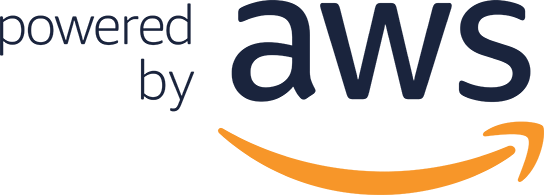Forecasting is a fully developed business process that most organizations still struggle with today. Almost everyone’s top priority is probably to be able to consistently and accurately forecast Sales, Demand, Costs, Inventory, etc. The inability to obtain a good forecast frequently has a significant business impact. Inaccurate forecasting leads to overstocking or running out, resulting in high costs and excess, impacting the bottom line and the success of the company.
A good forecast should give you enough confidence to make sound business decisions. For a more efficient forecast, consider these best practices:
- What are the most common forecasting methods, and why do they produce inaccurate results.
- How to achieve better ROI and optimal processes through scale, granularity, and agility
- How to improve forecasting accuracy
- How to use simple machine learning and artificial intelligence tools to get accurate and scalable forecasts

Creating and Exploiting Probabilistic Forecasting Scenarios
Probabilistic scenarios are sequences of data points generated to represent potential real-world situations. Unlike scenarios in war games or other simulations, these are synthetic time series used as inputs to system models or as intuition-builders for decision-makers.

A Rough Map of Forecasting-Related Terms
People new to the jobs of “demand planner” or “supply planner” are likely to have questions about the various forecasting terms and methods used in their jobs. This note may help by explaining these terms and showing how they relate.

How Are We Doing? KPI’s and KPP’s
Dealing with the day-to-day of inventory management can keep you busy. But you know you have to get your head up now and then to see where you’re heading. For that, your inventory software should show you metrics – and not just one, but a full set of metrics or KPI’s – Key Performance Indicators.

Confused about AI and Machine Learning?
Are you confused about what is AI and what is machine learning? Are you unsure why knowing more will help you with your job in inventory planning? Don’t despair. You’ll be ok, and we’ll show you how some of whatever-it-is can be useful.

How to Forecast Inventory Requirements
Forecasting inventory requirements is a specialized variant of forecasting that focuses on the high end of the range of possible future demand. Traditional methods often rely on bell-shaped demand curves, but this isn’t always accurate. In this article, we delve into the complexities of this practice, especially when dealing with intermittent demand.

Six Demand Planning Best Practices You Should Think Twice About
Every field, including forecasting, accumulates folk wisdom that eventually starts masquerading as “best practices.” These best practices are often wise, at least in part, but they often lack context and may not be appropriate for certain customers, industries, or business situations. There is often a catch, a “Yes, but”. This note is about six usually true forecasting precepts that nevertheless do have their caveats.
Problem
Generating accurate statistical forecasts isn’t an easy task. Planners need to keep historical data continually up to date, build and manage a database of forecasting models, know which forecast methods to use, keep track of forecast overrides, and report on forecast accuracy. These steps are typically managed in a cumbersome spreadsheet that is often error-prone, slow, and difficult to share with the rest of the business. Forecasts tend to rely on one-sized fits all methods that require seasonality and trend to be added manually resulting in inaccurate predictions of what comes next
Solution
SmartForecasts ® Cloud
Accurate Demand Forecasts
Best Forecasting Methods

Imports Historical Data
What can you do with SmartForecasts?
- Run a forecasting tournament that selects the right forecasting method for each item.
- Hand-craft forecasts using several time-series forecasting methods and non-statistical methods.
- Automatically predict trends, seasonality, and cyclical patterns.
- Imports demand data from files
- Leverage ERP connectors to automatically import demand data and return forecast results
Who is SmartForecasts for?
• Demand Planners.
• Forecast Analysts.
• Material & Inventory Planners.
• Operational Research Professionals.
• Sales Analysts.
• Statistcally Minded Executives.
A Reliable and Secure Platform











